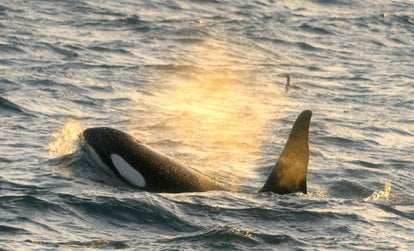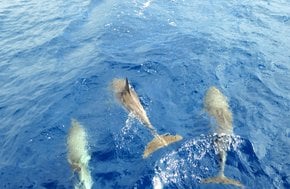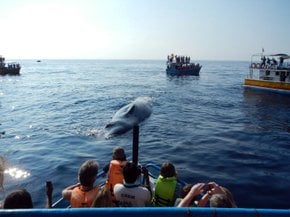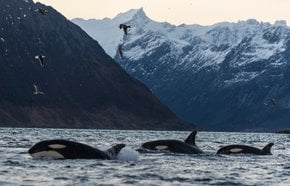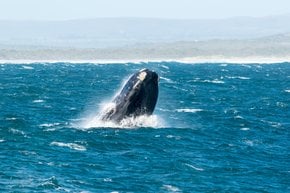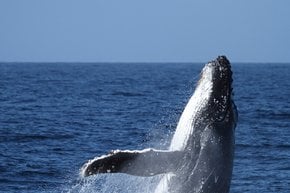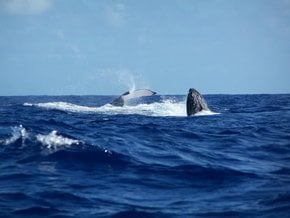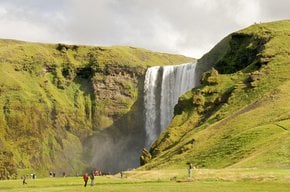Orca (Killer) Whale Watching in Iceland 2026
Meet the ocean’s apex predators
Best time: February–May
Orcas, also known as killer whales, are one of the ocean’s most majestic and intelligent predators, and Iceland’s unique geographical position makes it a prime location to observe these magnificent creatures in the wild. Iceland sits at the convergence of nutrient-rich ocean currents, creating a thriving marine ecosystem that attracts orcas during their migrations. Every year, orcas follow herring and other fish to Icelandic waters, where they hunt in packs, providing incredible opportunities for whale watchers to see them in action.
Best Time to Spot Orcas in Iceland
The best time to see orcas in Iceland is during the winter months, February to March, when herring schools migrate into the fjords of western and northern Iceland. This influx of food attracts large numbers of orcas, particularly to the waters around the Snæfellsnes Peninsula. The winter season offers the highest chance of spotting orcas, with some tours reporting sightings of pods numbering in the dozens. Spring, especially April and May, also offers good chances to see orcas as they follow fish migrations, though the numbers tend to be slightly lower than during peak winter months.
Whale-Watching Tours
The best location to spot orcas in Iceland is along the Snæfellsnes Peninsula, particularly in the waters around Grundarfjörður and Ólafsvík. These fjords are key feeding grounds for orcas during the winter months. Many whale-watching tours depart from these towns, offering excursions focused specifically on orca sightings. One of the major operators, Láki Tours, offers 3-hour whale-watching excursions in Ólafsvík from mid-February through September. Tickets are $102 (ISK 14,000). North Sailing offers a variety of whale-watching experiences, including traditional sailing, in Húsavík from March through November. Prices start at $95 (12.990 ISK). Tours are led by experienced guides who share insights into orca behavior and marine ecology. Some tours even offer the chance to see orcas feeding or hunting in groups, making for a thrilling experience.
Orca Facts
Orcas are not only powerful predators but also highly social animals that live in matriarchal pods. Known for their complex hunting techniques, orcas often work together to herd fish or even hunt larger marine mammals. They communicate using a sophisticated system of vocalizations, and some pods have distinct "dialects." In Iceland, orcas are particularly known for their fish-hunting behaviors, as they follow herring schools and use clever techniques to corral their prey. Their intelligence and coordination make them fascinating subjects for observation in the wild.
In addition to orcas, Iceland’s waters are home to a variety of other whale species. During the summer months, travelers can spot humpback whales, minke whales, and blue whales. Northern Iceland, particularly Húsavík, is known as the “whale-watching capital” of the country, where these species can often be seen feeding and breaching. Whether you visit Iceland in winter for orcas or in summer for other majestic whales, Iceland offers year-round opportunities for unforgettable marine wildlife encounters.

